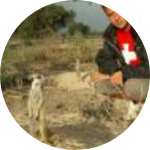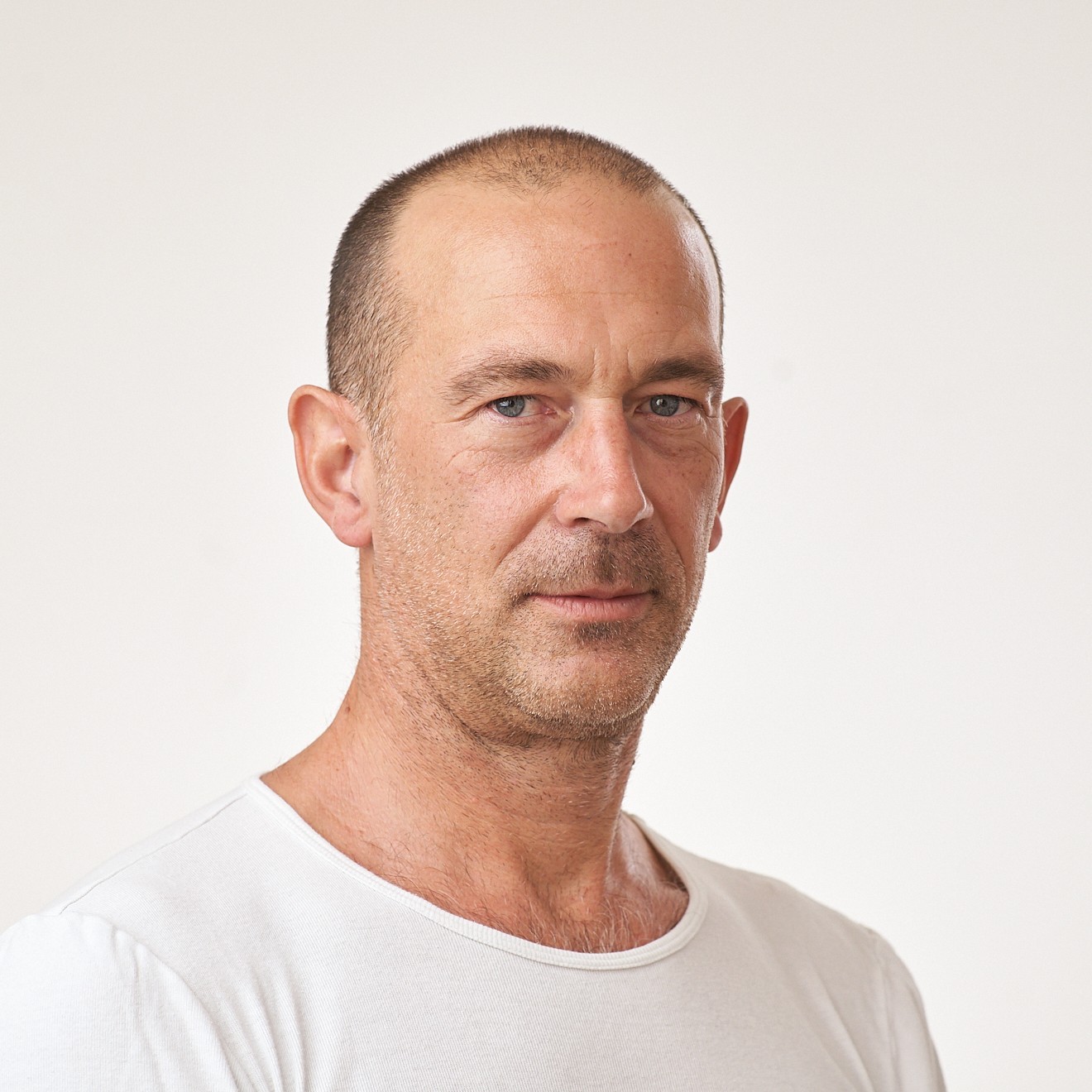About This Project
Killer whales represent a striking example of communicative complexity in the animal kingdom, yet a thorough understanding of their communication is hindered by challenges related to data collection, in particular signal localization. By combining state-of-the-art hydrophone array systems with complementary drone footage, we aim to collect a large consolidated dataset with which to decode orca communication and shed light on how complex communication evolves.
Ask the Scientists
Join The DiscussionWhat is the context of this research?
The mystery of how human language evolved still endures. To tackle the enigma of language evolution, a fruitful approach is to investigate the communication systems of non-humans. By comparing the features of our communication systems and the social and environmental pressures that we experience, we can better understand the mechanisms that drove humans and other animals to develop such complex communication. Highly intelligent, group-living cetaceans represent a prime opportunity to investigate the complexity of non-human communication. In particular, killer whales exhibit cultural transmission, geographically distinct dialects, and extensive acoustic repertoires. However, orca communication remains largely undeciphered, pending the availability of detailed datasets.
What is the significance of this project?
Killer whales are known to rely on vocal communication to navigate large multi-layered social networks, to engage in complex cooperative hunting behaviours, and to transmit valuable knowledge over generations. Yet a typical recording of orca communicative behaviour involves a jumble of many different sound types, frequently overlapping, and often not paired with simultaneous video footage, making it almost impossible to determine the source of each sound. Therefore, a crucial missing component in the study of orca communication is the ability to assign a given vocalization to a particular animal. Using state-of-the-art hydrophone array technology, we intend to collect a dataset that will enable sound localization and therefore unravel the dynamics of a communicative exchange in orcas.
What are the goals of the project?
Deciphering an underwater communication system requires data in many forms. We will install a 7-element bottom-landing hydrophone array to continuously record the soundscape for 3 months. Additionally, we will deploy an array of four hydrophone recorder buoys from the motorboat to allow source separation during specific behaviours of interest, such as carousel feeding and subsequent social activity. During acoustic recording, we will collect complementary aerial videos with a drone, allowing a crucial pairing of vocal and behavioural data. Once we obtain the files from various recording instruments, we will consolidate these raw files into a publication-grade format, also adding meta-data, such as field notes and environmental factors like weather, tide, and depth profiles.
Budget
Our expedition WhaleSonic will take place in the region of Skjervoy in northern Norway between November 2023 and January 2024. Participants will join for 2 week intervals to carry out data collection. They will operate in teams of 3 (1 skipper + 2 recording equipment operators). Therefore, a significant and crucial cost of the expedition is represented by travel and accommodation expenses for our participants. We have already secured external funding from the SNF (Swiss National Fund) to cover the costs of salaries for our skippers and boat rental. Instrumentation costs are covered by the ETH Zurich.
Endorsed by
 Project Timeline
Project Timeline
12 Nov - 29 Nov: Begin field expedition, set-up of instruments, calibration experiments. Deployment of bottom mounted hydrophones.
29 Nov - 21 Jan: daily and nightly excursions to orca feeding grounds to collect acoustic data with drifting bouy arrays and video data with drones. Retrieve bottom mounted hydrophones and end field expedition.
21 Jan - May: Consolidation of data from various recording equipment, preparation of data publications.
Oct 06, 2023
Project Launched
Nov 29, 2023
Deployment of continuously recording bottom-mounted hydrophone array in Reisafjord and Kvenagenfjord
Jan 10, 2024
Completion of three 2-week "chapters" of focused data collection using free-floating bouy arrays and drones
Apr 15, 2024
Consolidation of data from various recording equipment into a single multi-layered dataset
May 31, 2024
Publication of high quality orca communication dataset obtained during winter WhaleSonic expedition
Meet the Team
Affiliates
Team Bio
The unique asset of our team is the combination of expertise in developing state-of-the-art instrumentation applications for bioacoustics research, with experience in evolutionary biology and animal communication. Dr Jorg Rychen contributes years of advances in the use of hydrophone array systems, while Joseph Mine has worked with multiple animal communication systems and is specialized in combinatorial communication, where multiple elements are combined into larger sequences.
Joseph Mine
I am a PhD student in Animal Communication. Growing up in a multi-lingual family, I have always been exposed to the diversity and complexity of communication. In high school I studied Latin and Ancient Greek, and became aware of the process by which communication evolves and changes over time. My fascination for this topic was fully unleashed in the 3rd year of my undergraduate degree in Evolutionary Biology, when I conducted a research project on bird song diversity. Since then, I have been fully dedicated to the study of animal communication, with the goal to investigate multiple species and communication systems, thereby achieving a broad understanding of what it means to communicate and how communication evolves. Now, I am part of a large-scale interdisciplinary research effort intended to shed light on language evolution, partly through the investigation of non-human communication systems. By studying animal communication in species closely related to humans (e.g. primates and apes), we can infer the likely forms of communication adopted by our common ancestors, while if we investigate more distantly related species (e.g. birds and cetaceans), we can understand the shared social and environmental pressures driving the evolution of complex communication. Within this framework, killer whales offer a communication system of unparalleled complexity in terms of the number of different sounds they produce, how these vary with geographical location, how these sounds are used to mediate cooperative behaviour, and how this system is learned and culturally transmitted. I am very grateful for the opportunity to work with such a fascinating species, and to increase our chances of eventually decoding a form of communication that might be as complex, and possibly even more spectacular, than human language.
Jörg Rychen
Interested in the vocal communication of animals. Developing technology to record the behavior of songbirds living in groups. Developing technology to record and analyze vocalizations of orcas. Organizing expeditions and managing big datasets.
Project Backers
- 32Backers
- 102%Funded
- $7,672Total Donations
- $239.75Average Donation


